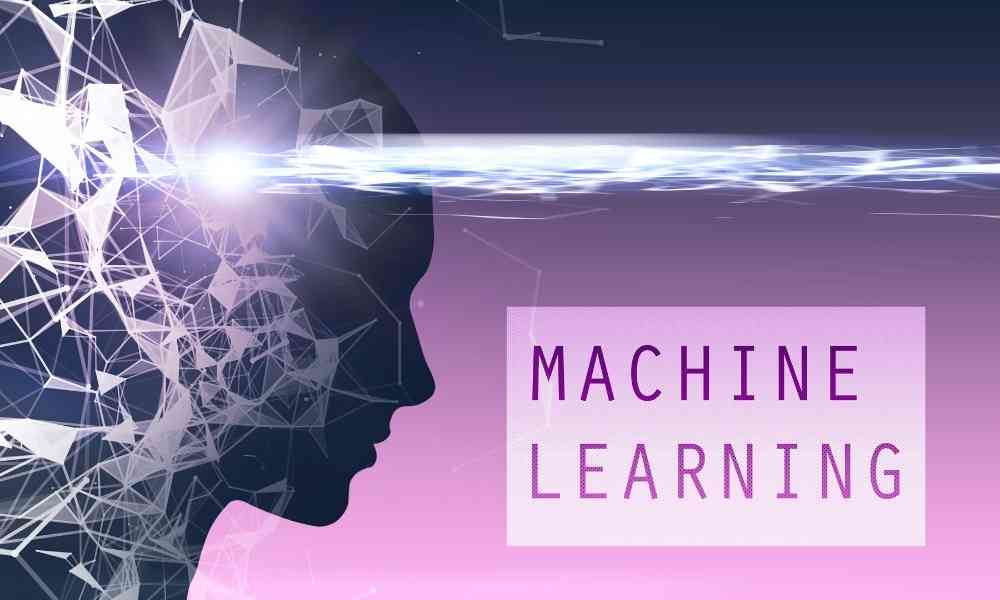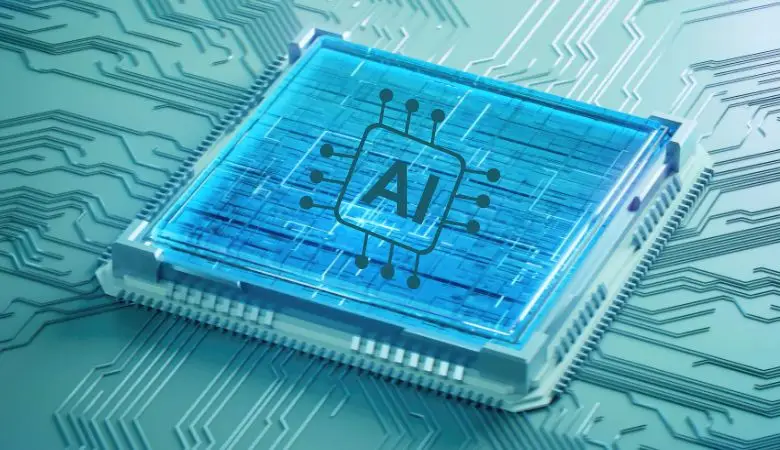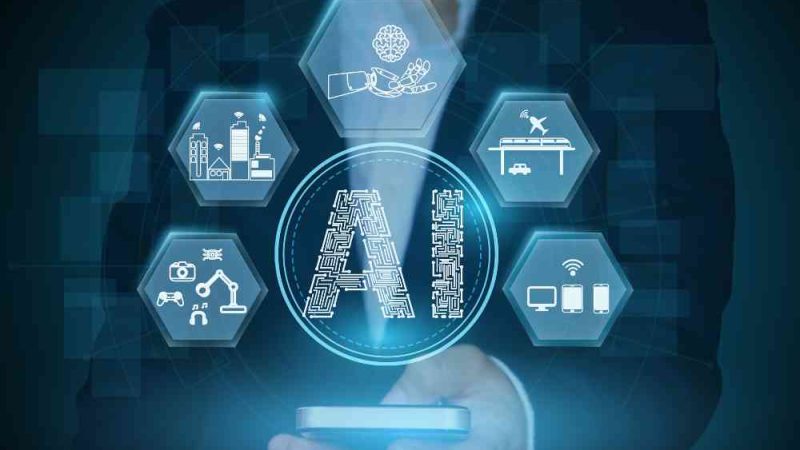What is Machine Learning? Where and How this Technology is Used

Machine Learning is the science of preparing computers to run without obtaining explicitly programmed. Machine learning has provided us with self-driving cars, effective speech recognition, active web search, and a greatly increased perception of the human genome in the past decade.
What is Machine learning?
Machine learning is applied in internet search engines, email filters to order out spam, websites to obtain personalized guidance, banking software to identify outstanding transactions, and several apps on our mobiles such as voice recognition (Example: Alexa and Google’s Voice Assistant).
Machine learning is different from but overlays with some features of robotics [robots are an illustration of the hardware that can utilize machine learning algorithms, for example, to make robots self-sufficient] and artificial intelligence (AI), a theory that doesn’t have an accepted definition; however, machine learning is a method of obtaining a degree of AI).
The important distinction from traditional computer software is that a human developer hasn’t addressed code instructing the system to distinguish between the Burger and the Pizza.
Alternatively, a machine-learning model has been explained how to distinguish between the foods by being raised on a large amount of data. In this example, likely a large number of pictures are marked as containing a Burger or a Pizza.
Why Machine learning is Used
Automation is becoming common almost wherever in the world. One advantage of machine learning’s reality is that your business is supported to conserve time and money.
Developers and data analysts can have extra time for other higher-level tasks that a computer can’t handle. Meantime, let your machine learning program take over the roles that have already been redundantly displayed.
Machine learning algorithms are better on their own as they remain to be created. Its technology is constantly developing and becoming efficient and accurate.
Because of the growing prepared and estimated data, the system becomes even more critical than it formerly was. Such an algorithm resembling a 100% accuracy rate becomes useful for making better decisions and predictions in your business.
Several businesses and organizations can benefit from machine learning to improve their market maturity and human work production.
Healthcare providers, e-commerce site owners, and companies use machine learning to linger ahead of the competition in their particular niches.
How does Machine learning work
Machine learning is especially difficult and how it operates varies depending on the assignment and the algorithm used to achieve it.
Yet, at its core, a machine learning design is a computer staring at data, recognizing patterns, and then using those penetrations to perform its specified task properly.
Any business that relies upon any set of data objects or practices can be automated using machine learning, even those more difficult tasks such as replying to customer service calls and evaluating resumes.
With directed learning, the computer is equipped with a labelled data set to learn how to do a personal task. This is the smallest system model, as it tries to replicate human knowledge.






